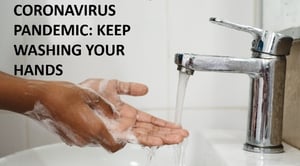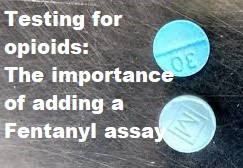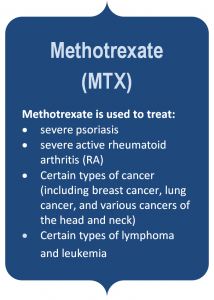In the healthcare setting, having clean surfaces are crucial for helping prevent diseases from spreading. I preach this concept to future medical laboratory,  public health, and nursing students. Likewise, I remind my professional colleagues often that our hands may be the most dangerous “vector” of disease in the healthcare setting. We all know that hand hygiene is critical to preventing infections as well as breaking the chain of transmission of harmful germs in both the healthcare setting and community environment.
public health, and nursing students. Likewise, I remind my professional colleagues often that our hands may be the most dangerous “vector” of disease in the healthcare setting. We all know that hand hygiene is critical to preventing infections as well as breaking the chain of transmission of harmful germs in both the healthcare setting and community environment.
While we are all hyper-sensitized during the COVID-19 pandemic, there are always all sorts of germs in the environment. We need to be even more diligent about understanding the importance of cleaning surfaces and washing our hands as areas begin to relax social distancing requirements and reopen their economies.
Cleaning vs. disinfecting: Key distinctions
It’s important to understand the difference between cleaning and disinfecting of our environments and high touch surfaces. Have you ever thought about just what the difference is in these terms and if it means anything?
The CDC breaks down the differences this way: “Cleaning refers to the removal of germs, dirt, and impurities from surfaces. It does not kill germs, but by removing them, it lowers their numbers and the risk of spreading infection. Disinfecting refers to using chemicals, for example, EPA-registered disinfectants, to kill germs on surfaces. This process does not necessarily clean dirty surfaces or remove germs, but by killing germs on a surface after cleaning, it can further lower the risk of spreading infection.”
Is cleaning and disinfection useful against the virus that causes Covid-19?
While cleaning surfaces and washing our hands will always be a best practice for any physical microbial removal, you can disinfect your hands, too. To this end, there is an effort to understand which hand sanitizers are most useful against this coronavirus. In a recent study, from the CDC in their online journal, Emerging Infectious Diseases, the authors looked at how well WHO–recommended hand rub formulations, at full strength and multiple dilutions, actually worked at killing the virus.
The investigators found that SARS-CoV-2 was efficiently inactivated by WHO-recommended formulations, supporting their use in healthcare systems and viral outbreaks. Importantly, both formulations reduced viruses to acceptable levels in less than 30 seconds so long as the alcohol concentrations were above 30%.
Alcohol constitutes the basis for many hand rubs routinely used in healthcare settings. One caveat of this study is the defined inactivation time of exactly 30 s, which is the time recommended but not routinely performed in practice. These findings are crucial to minimize viral transmission and maximize virus inactivation in the current SARS-CoV-2 outbreak in healthcare and the community.
Advice on keeping rooms clean from a career environmental services professional
John LaRochelle brings over 30 years of environmental infection prevention, facilities management and safety experience in hospitals, long-term care, corporate and education establishments with direct management experience in environmental infection prevention, maintenance, biomedical engineering, construction, housekeeping, laundry and safety.
When I asked Mr. LaRochelle about the infection prevention industry, he stated, “We have been cleaning the same way for 50+ years, now is the time to change.” He used the vivid analogy of the 9-11 terrorism tragedy in New York with respect to how it changed air travel for everyone. He believes we must change our approach to cleaning and disinfection.
John believes that we are in a war on pathogens. I agree. He states that this war is about “real people, real lives, and real impact.” It is way past time to change our behaviors and go to battle against these invisible killers.
Which cleaning products work against SARS-CoV-2 and other pathogens?
Both the Environmental Protection Agency (EPA) and U.S. Food and Drug Administration (FDA) regulate different products that kill microorganisms or stops their growth. It can be easy to confuse these products - and doing so can have dangerous consequences.
For example, some wipes will have an EPA number on them. This means that they’re considered pesticides – so it is important for users to look for an EPA number on the label of the sanitizing or disinfecting wipes they are buying. If found, this is a clear sign that the wipes are not to be used on the skin as a personal care wipe such as a hand sanitizing wipe or baby wipe, and that the skin or hands should most likely be rinsed after use (see product label for specific instructions).
The FDA controls items such as drugs and antiseptics. These products are safe for the skin and are used on living organisms. Products, such as hand sanitizing wipes, that claim they are improving your health, are required to have an NDC number on the label. The EPA and the FDA require that sanitizers and disinfectants be properly labeled with their ingredients and intended uses. As mentioned prior, a disinfecting agent is only effective if a customer follows the product label.
By keeping the importance of hand washing and cleaning surfaces in mind, we can help prevent the spread of infection as the country opens.



Share Article